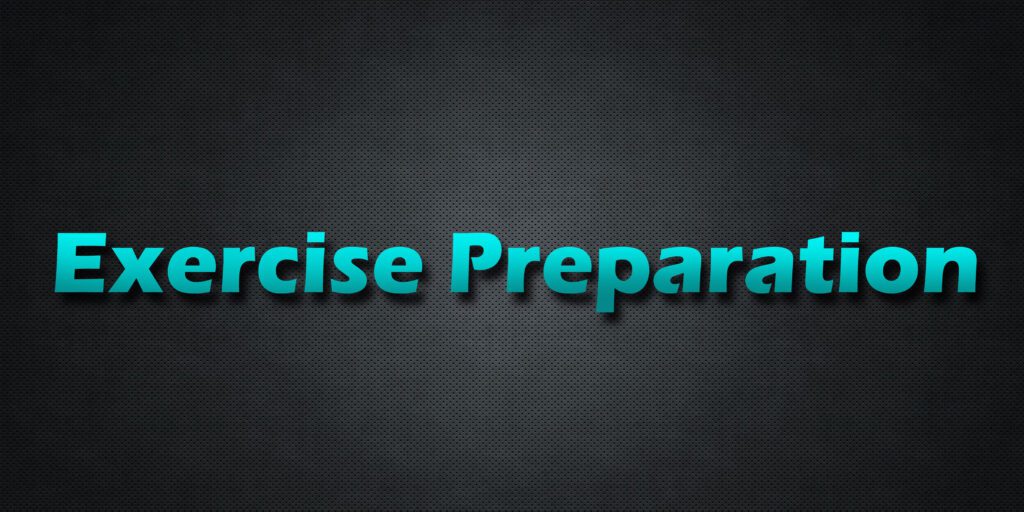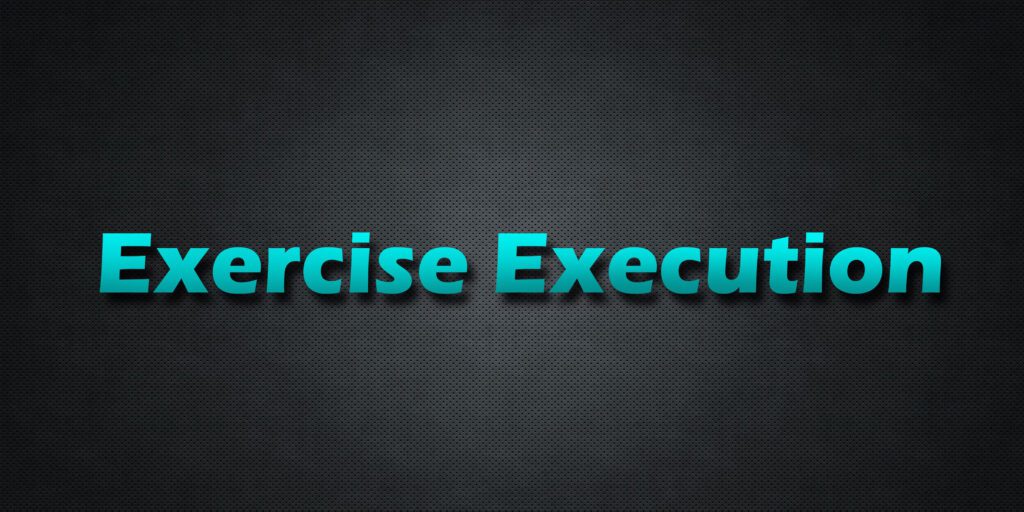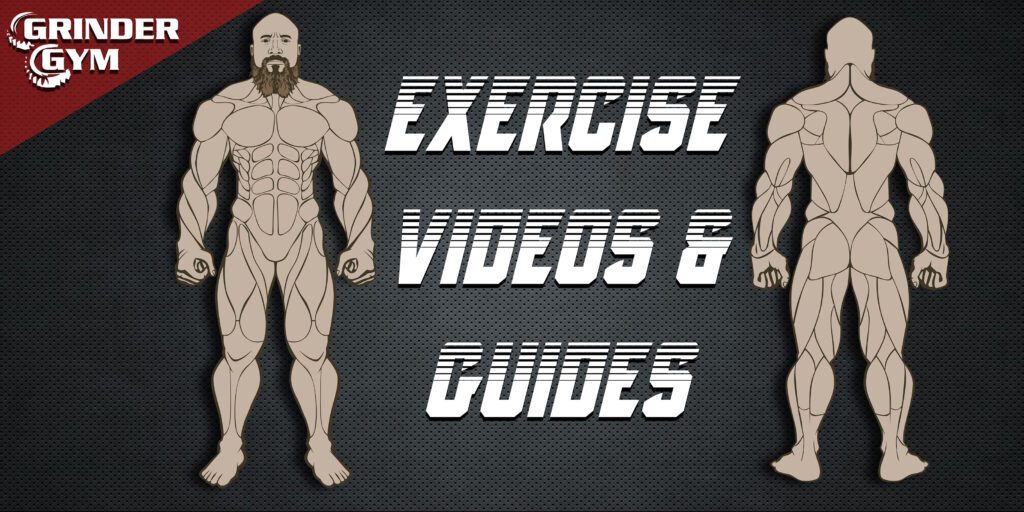
Description:
The Dumbbell Lying Leg Abduction is an isolation exercise that targets the hip abductor muscles, specifically the gluteus medius. This exercise involves lying on your side with your legs extended and lifting the top leg against resistance provided by a dumbbell or ankle weight. The Dumbbell Lying Leg Abduction is an effective way to strengthen the hip abductors, improve hip stability, and enhance overall lower body strength.
Benefits:
- Strengthens the hip abductors, particularly the gluteus medius.
- Improves hip stability and balance.
- Enhances overall lower body strength.
- Reduces the risk of hip-related discomfort and injuries.
Profile:
| Equipment: | Dumbbell or Ankle Weight |
| Type: | Free Weights |
| Level: | Intermediate |
Muscles:

Targeted Muscles
- Gluteus Medius (Hip Abductors)
Classification:
| Utility: | Isolation |
| Mechanics: | Isolation |
| Force: | Push |
Instructions:
- Step 1: Lie on your side on a mat with your legs extended and your head supported by your lower arm.
- Step 2: Hold a dumbbell or place an ankle weight on your top leg, just above the knee.
- Step 3: Keep your toes pointed forward and your bottom leg relaxed on the floor.
- Step 4: Lift your top leg as high as comfortably possible while keeping it straight.
- Step 5: Pause briefly at the top of the movement, then lower your leg back down slowly.
- Step 6: Perform the desired number of repetitions on one side before switching to the other.
Common Mistakes:
- Using excessive weight, which can compromise form and balance.
- Lifting the leg too high, leading to discomfort or strain.
- Not maintaining proper core engagement and posture.
To avoid these mistakes, start with a light weight or no weight at all to ensure proper form and technique. Focus on controlled movements and maintain good posture throughout the exercise.
Additional Information:
The Dumbbell Lying Leg Abduction is an effective exercise for targeting and strengthening the hip abductors, particularly the gluteus medius. It’s a valuable addition to lower body workouts, helping to improve hip stability, balance, and overall lower body strength. Incorporating this exercise into your routine can contribute to better lower body aesthetics and reduced risk of hip-related discomfort and injuries.


